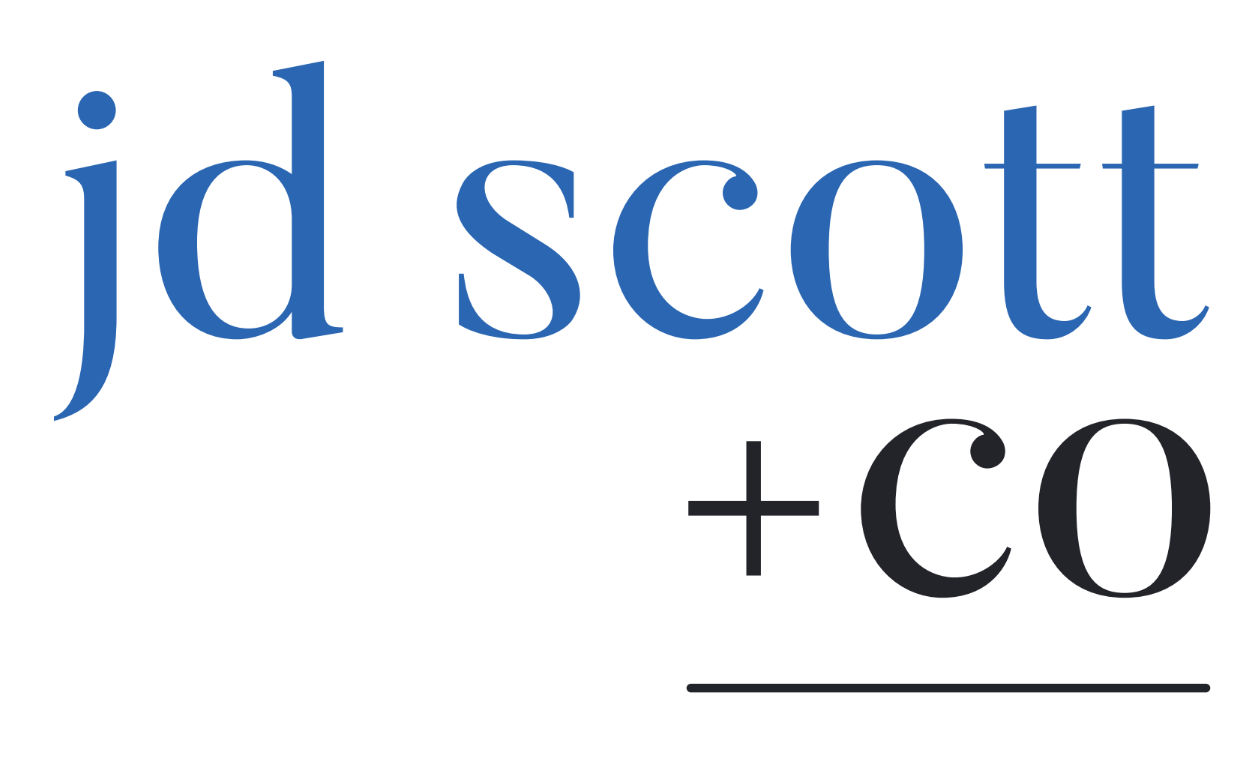
Calculating Customer Lifetime Value
Customer lifetime value is an essential metric for businesses to monitor growth. It helps them understand the cost of acquiring new business, as well as the projected value of each customer. Here is how you calculate it, and why you should be using it as a key performance metric.
What is Customer Lifetime Value?
Customer lifetime value (CLV) shows how much revenue you can expect a single customer to generate throughout your business relationship with them.
This metric allows you to estimate the present value of the projected future cash flows that you will receive from that customer relationship. Does the cost of acquiring a customer exceed the profit made? If it does, the customer is unprofitable and something has to change.
Customer lifetime value is an important part of customer relationship management. The longer that someone is a customer and continues to purchase from a company, the higher their lifetime value. If a customer generates $100 in revenue over their lifetime but costs $120 to obtain then the customer is unprofitable.
You want to minimize the expenses of obtaining new customers while maximizing the revenue generated over time. Customer segments with the highest CLV are the most valuable to your business.
Customer lifetime value is the product of the customer value and the average customer lifespan:
CLV = Customer Value x Average Customer Lifespan
Before you can calculate customer lifetime value, we must first break down the individual components.
Customer Value
The customer value a function of how much the average customer spends, and how often they make a purchase:
Customer Value = Average Purchase Value x Average Purchase Frequency
Firstly, determine how much revenue is generated each time a customer visits your business or the average purchase value. You can calculate this by taking your monthly revenue divided by the total number of purchases made within that month.
Average Purchase Value = Total Revenue / Total Number of Purchases
Next, calculate the average purchase frequency, or how often a single customer buys from your company. To do this, you must divide the number of purchases in a month divided by the number of unique customers.
Average Purchase Frequency = Total Purchases / Total Number of Customers
Average Customer Lifespan
The average customer lifespan is how long the average customer will continue to make purchases from your business. To determine this value, you average the number of years that a customer is retained.
Average Customer Lifespan = Sum of Customer Lifespans / Number of Customers
Now that you have calculated the customer value and the average customer lifespan, you can multiply them together to estimate how much revenue a customer will generate during their relationship with your business.
Benefits of Measuring Customer Lifetime Value
Measuring customer lifetime value allows you to determine how long it takes to recover the investment needed to bring on a new customer. This includes the cost of sales and marketing expenses.
If you have multiple business segments, you can also calculate the customer lifetime value for each one. For instance, the customer lifetime value of a client that has a monthly subscription with your business will be different than a customer who makes a one-time product purchase.
Since CLV allows you to know how much a customer is worth in monetary terms, you can determine how much you should be spending on customer acquisition. Consider a customer that has an estimated lifetime value of $100. You still want to be profitable, so a reasonable cost to acquire that customer could be anywhere from $10 to $90. Anything beyond that and the customer becomes unprofitable and not worth the cost of acquisition.
Calculating customer lifetime value also helps to measure the impact that spending additional marketing dollars may have on the average lifespan of a customer, or the average purchase amount. It encourages businesses to look at the long-term value of a consumer instead of spending too much effort on quick sales that have low total revenue values.
The goal is to find the ideal balance of ongoing marketing activities that will allow your business to achieve the maximum return in terms of customer value. Research published in the Harvard Business Review found that gaining a new customer can cost anywhere from five to twenty-five times more than retaining one!












